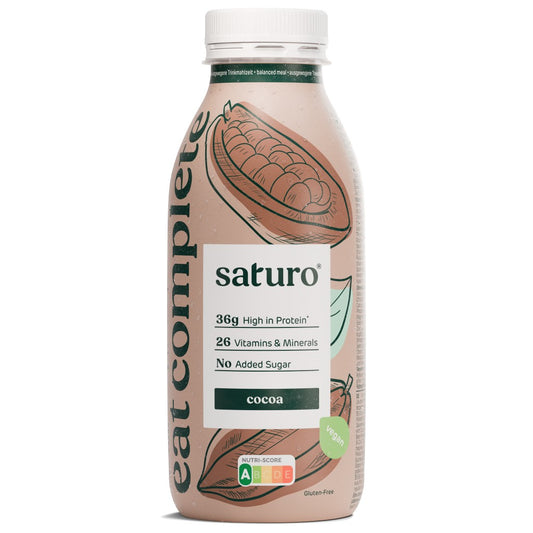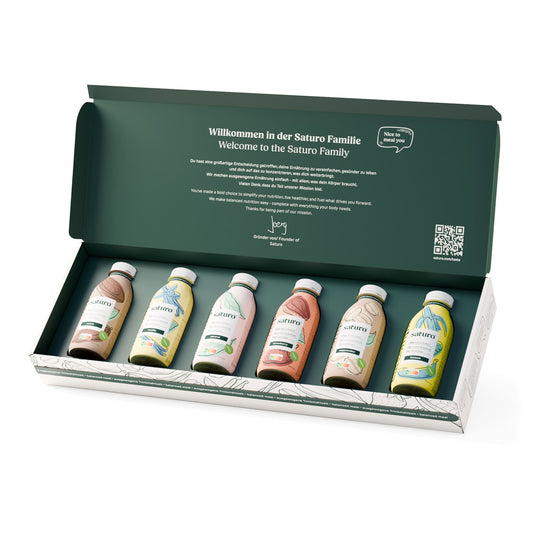Contents
1
What is folic acid deficiency and how much folic acid do you need every day?
2
Folic acid lack symptoms
Folic acid deficiency neurological symptoms
Folic acid lack symptoms in women
Weight acceptance in the event of a lack of folic acid
Weight gain in folic acid deficiency
3
Folic acid for pregnancy
4
Folic acid shortage causes
5
Folic acid in food
Vegan folic acid sources
Animal folic acid sources
Prevention of folic acid deficiency by drinking food
Contents
1
What is folic acid deficiency and how much folic acid do you need every day?
2
Folic acid lack symptoms
Folic acid deficiency neurological symptoms
Folic acid lack symptoms in women
Weight acceptance in the event of a lack of folic acid
Weight gain in folic acid deficiency
3
Folic acid for pregnancy
4
Folic acid shortage causes
5
Folic acid in food
Vegan folic acid sources
Animal folic acid sources
Prevention of folic acid deficiency by drinking food
Vegan folic acid sources
| Vegan folic acid sources | Folic acid content per 100 g |
|---|---|
| 1. Edamame (cooked) | 311 µg |
| 2. Peanuts | 240 µg |
| 3. Sunflower seeds | 237 µg |
| 4. Cranberry beans (cooked) | 207 µg |
| 5. Wakame (raw) | 196 µg |
| 6. Spinat (raw) | 194 µg |
| 7. Linsen (cooked) | 181 µg |
| 8. Soy sprouts (raw) | 172 µg |
| 9. Chickpeas (cooked) | 172 µg |
| 10. Shiitake mushrooms (dried) | 163 µg |
Animal folic acid sources
| Animal folic acid sources | Folic acid content per 100 g |
|---|---|
| 1. Lamb liver (cooked) | 400 µg |
| 2. Cattle liver (fried) | 260 µg |
| 3. Sea snail (baked) | 179 µg |
| 4. Egg yolk (raw) | 146 µg |
| 5. Fish roges (cooked) | 92 µg |
| 6. Mussels (cooked) | 76 µg |
| 7. Brie | 65 µg |
| 8. Crab (raw) | 51 µg |
| 9. Egg (hard cooked) | 44 µg |
| 10. Blockwork cheese | 36 µg |





